Heavier and less refined than traditional porcelain china, earthenware and stoneware pottery have a sturdy reliable feel in hand. All three are made of clay, but the latter two feel like they are closer to the starting ingredient than the former. If you have an unglazed back rim or bottom to look at, the coarseness of the clay relative to the minuscule grain of porcelain that tips you off that it’s earthenware and stoneware. I’ve always used the two terms somewhat interchangeably, but one wonders, are they really the same thing?
Not exactly, as it turns out.
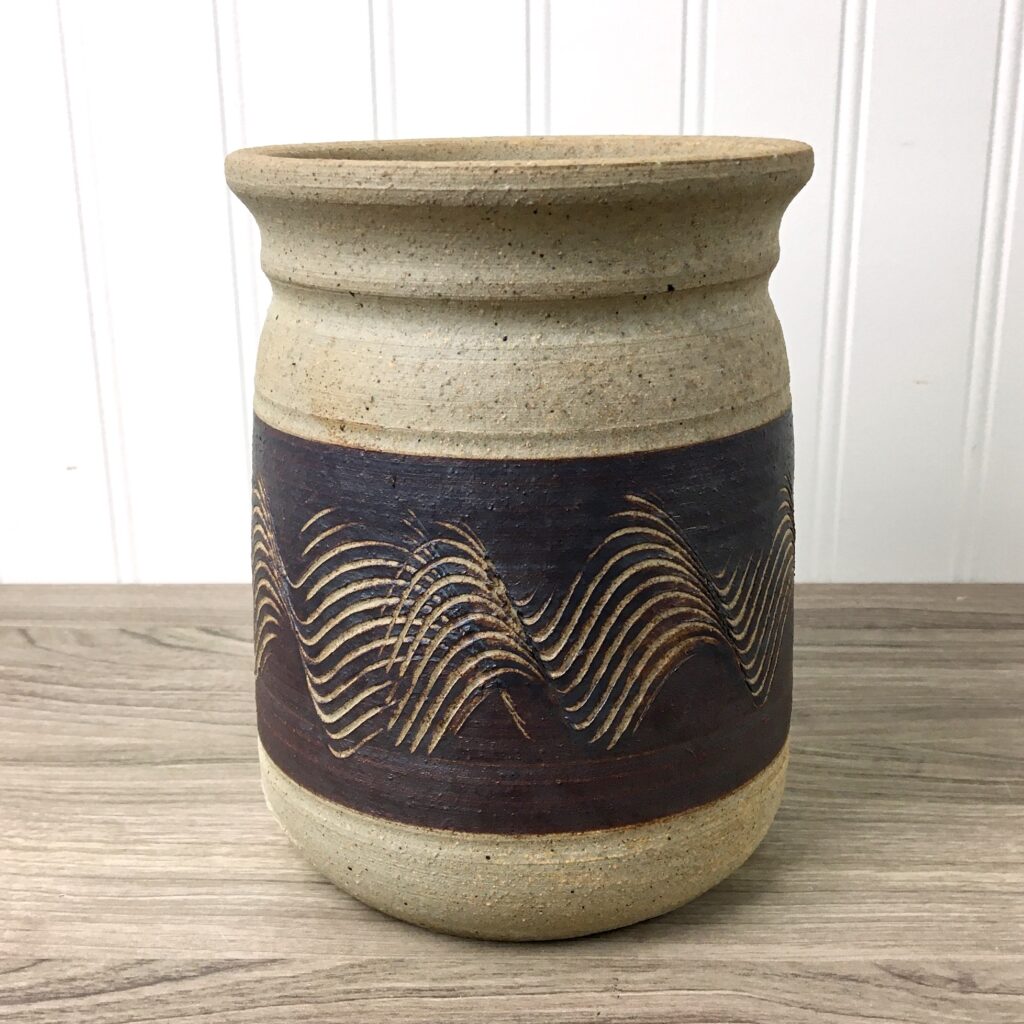
Hand thrown earthenware crock.
Earthenware is made from a coarsely grained clay that is plentiful in nature. It’s easy to work with and fires to hardness at the lowest temperature of all the clays used for making pottery. When fired, it is usually a shade of brown, red, tan, orange, gray or white. Earthenware is more prone to chipping and more porous. It’s usually used for planters and decorative pieces or pieces that aren’t going to be used daily. And yes, terracotta is earthenware.
Pfaltzgraff is perhaps the best known commercial maker of stoneware dinnerware here in the US, including the much beloved Yorktowne pattern.
Stoneware is also a coarsely grained clay and it’s also easy to work with. It requires a higher kiln temperature than earthenware to harden. And it’s usually lighter gray, tan or brown after it’s fired. If you’re eating dinner on it, it’s probably stoneware. Stoneware is more durable, less porous, always food safe and able to survive a life that includes the indignity of a dishwasher.
So no, earthenware and stoneware aren’t the same thing. Knowing what they each are used for will certainly help with identifying going forward. But not being a potter, just a pottery fan, it does seem likely that while I will be correct more of the time, I will not be correct ALL of the time.

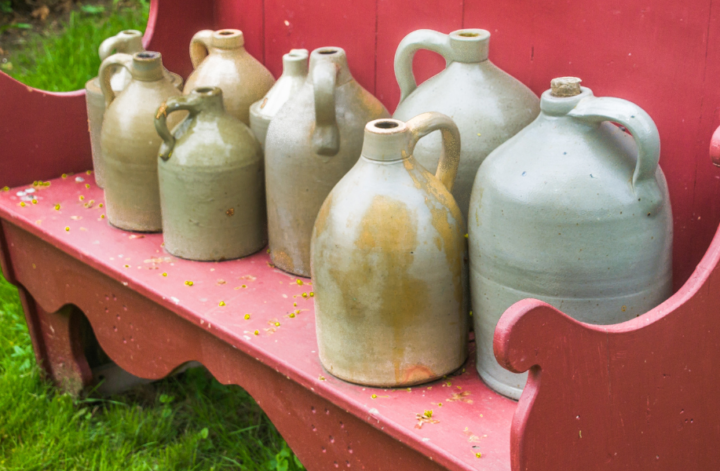
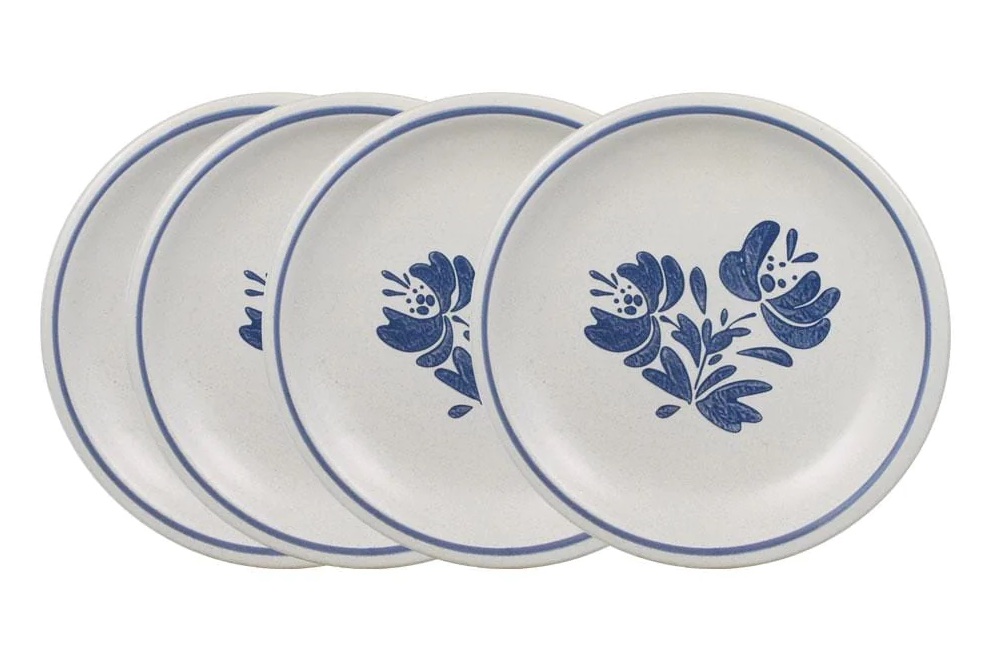

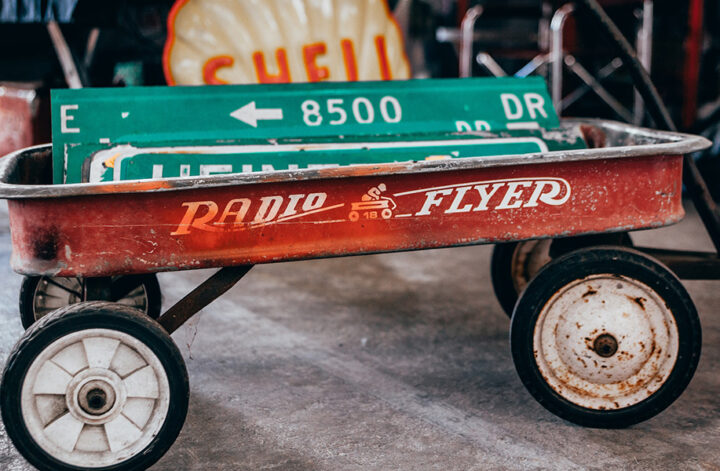
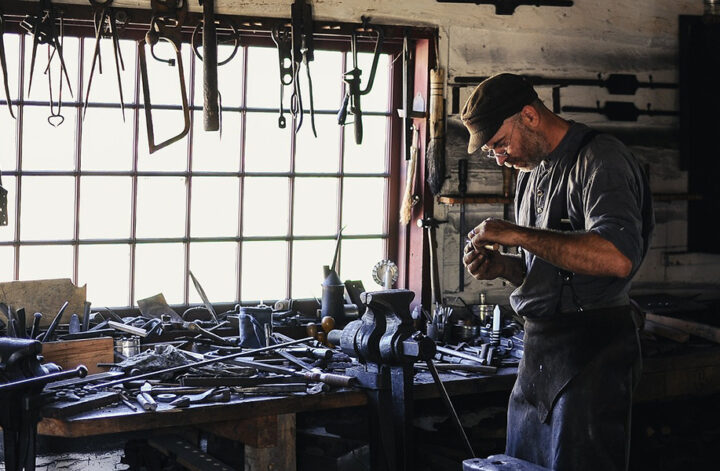
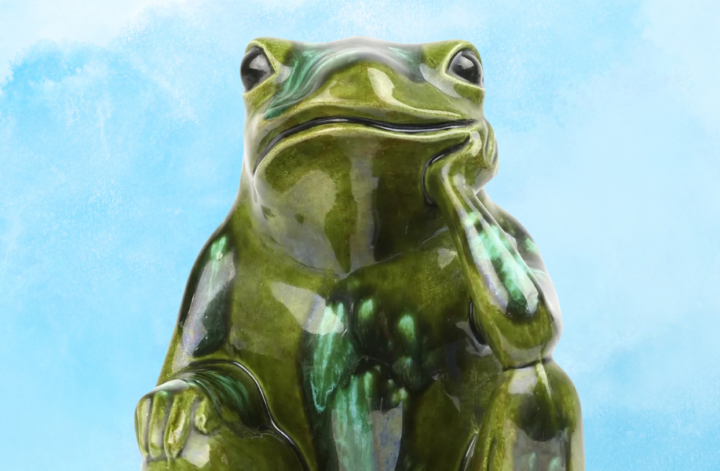
2 comments
I really like this series of blog posts you are doing, Laurie.
Thanks Mrs. A., but they are definitely a team VU project! We’ve all done a few.